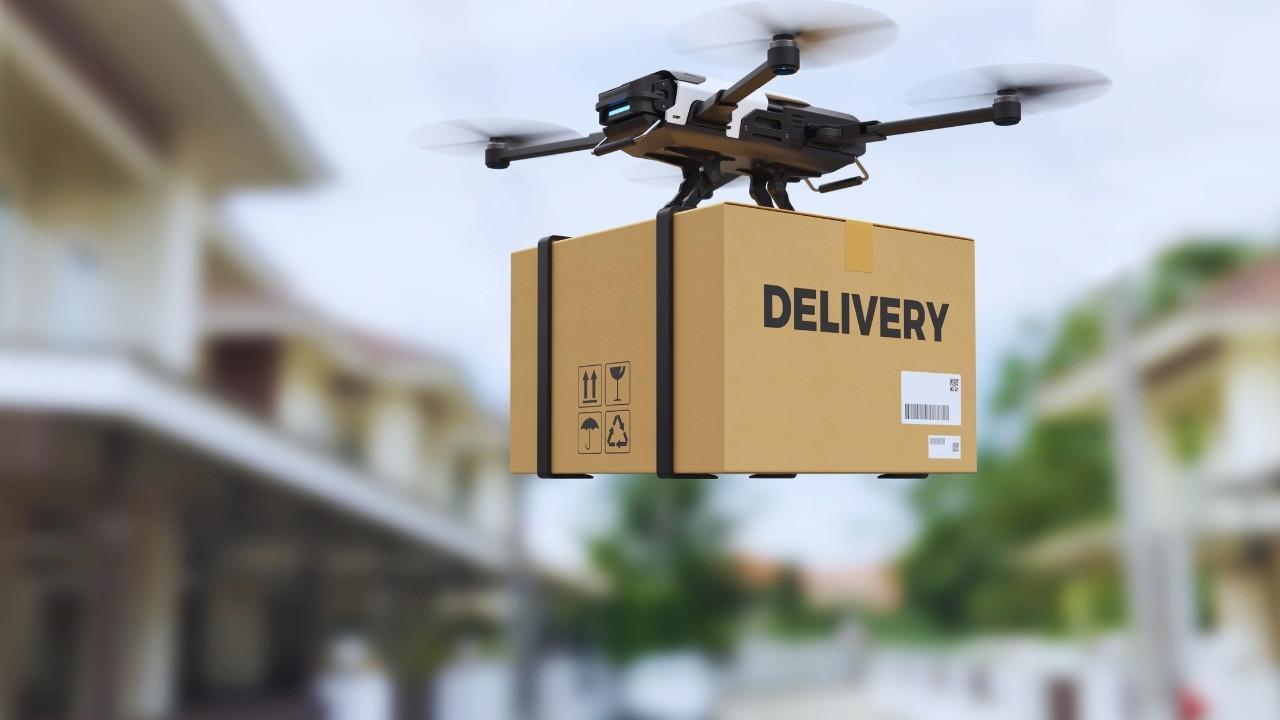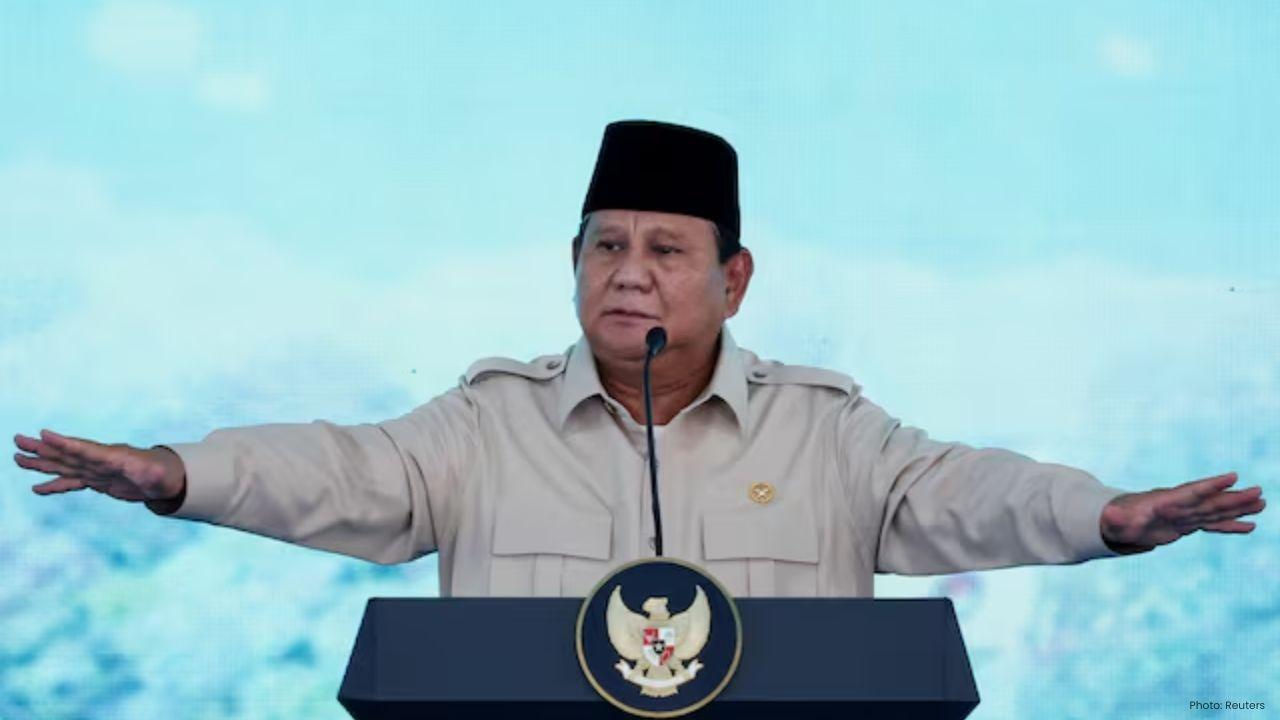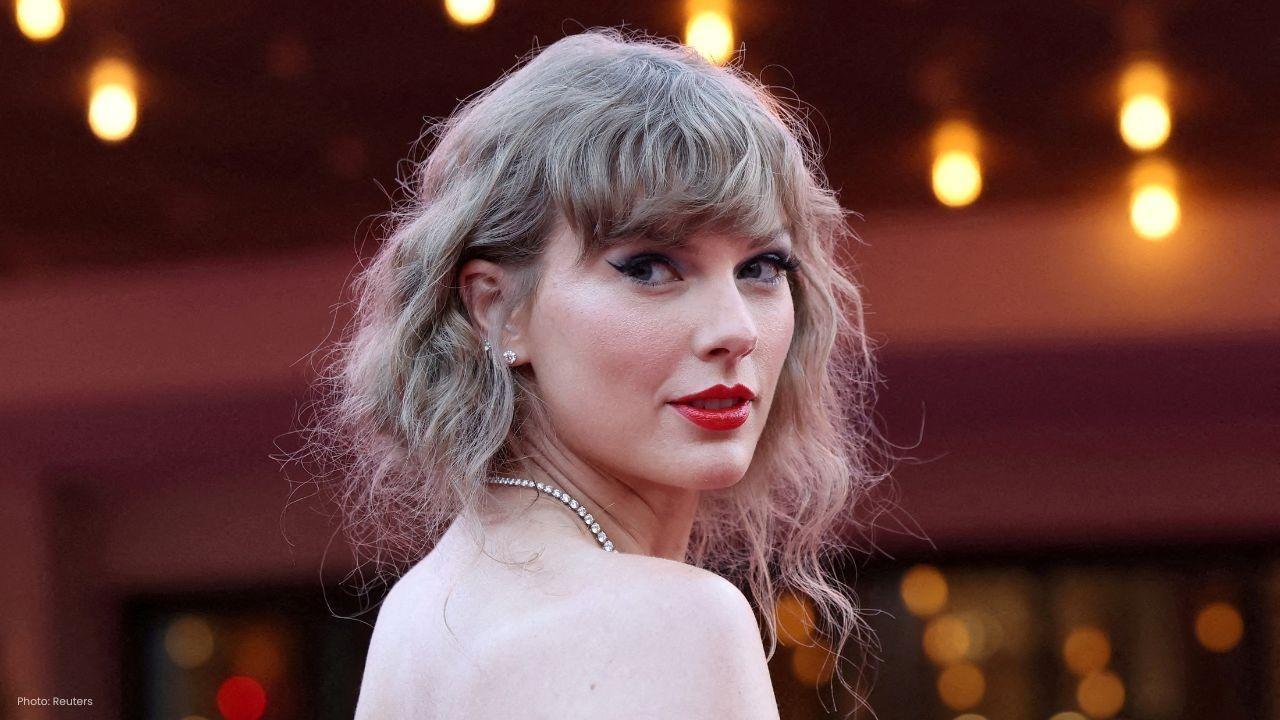
Join 10k+ people to get notified about new posts, news and tips.
Do not worry we don't spam!

Post by : Anis Farhan
In recent years, drones have moved from novelty gadgets to powerful tools driving transformation across industries. India, with its vast farmlands, expanding cities, and growing demand for smarter logistics, is at the forefront of this revolution. The government’s focus on promoting drone technology through policy reforms and subsidies has accelerated adoption in agriculture, security, and logistics.
Drones are no longer limited to aerial photography or entertainment. They are becoming essential in food supply chains, rural monitoring, disaster response, and even healthcare delivery. From spraying pesticides over thousands of acres in minutes to delivering emergency medicines in remote villages, drones are pushing India closer to a future where speed, efficiency, and accessibility define everyday life.
Agriculture remains the backbone of India, employing nearly half of the population. However, farmers face challenges such as labor shortages, unpredictable weather, and inefficient crop management practices. Drones are emerging as a solution by enabling precision farming.
Crop Monitoring: Equipped with multispectral and thermal cameras, drones provide real-time insights into crop health, soil conditions, and water distribution. This data allows farmers to take corrective action before issues escalate.
Pesticide Spraying: Instead of manual spraying, drones can cover acres of farmland in a fraction of the time, ensuring uniform distribution while minimizing health risks to workers.
Yield Prediction: Drones equipped with AI analytics can estimate crop yields, enabling farmers to plan sales and reduce post-harvest losses.
Government schemes like the Sub-Mission on Agricultural Mechanization (SMAM) are also promoting drone usage, making technology accessible to small and medium-scale farmers. By reducing costs and improving efficiency, drones are directly boosting rural incomes.
India faces complex security challenges, from border monitoring to urban policing. Drones offer a versatile and cost-effective solution for surveillance, crowd management, and disaster response.
Border Security: Drones deployed along sensitive frontiers provide real-time monitoring without risking soldiers’ lives. Advanced drones with night-vision capabilities can detect unauthorized movement even in difficult terrain.
Disaster Management: During floods, earthquakes, or fires, drones provide rapid situational awareness, helping authorities plan rescue operations efficiently.
Urban Policing: Indian cities are beginning to use drones for crowd control during festivals, political rallies, and protests. The ability to cover large areas quickly reduces dependence on ground personnel.
The integration of drones into national security frameworks reflects their growing importance. Partnerships between defense agencies and private drone manufacturers are strengthening India’s ability to respond to both internal and external threats.
Perhaps the most exciting application of drones in India lies in logistics. With e-commerce booming and consumers demanding faster deliveries, drones could reshape how goods move across the country.
Last-Mile Delivery: Drones can bypass traffic congestion in cities and deliver packages directly to doorsteps. This not only saves time but also reduces carbon emissions from traditional delivery vehicles.
Medical Supplies: In rural and remote areas, drones are being tested to deliver life-saving medicines, vaccines, and even blood units. These deliveries, which once took hours, can now be completed within minutes.
E-Commerce Growth: Giants like Amazon and Indian startups are actively testing drone-based delivery models, signaling a shift that could become mainstream in the next decade.
India’s unique geography—with dense cities and hard-to-reach villages—makes drone logistics particularly valuable. By bridging these gaps, drones promise to revolutionize both consumer convenience and healthcare accessibility.
The Indian government has recognized the potential of drones and taken proactive steps to encourage their use. The Drone Rules 2021 simplified registration processes, reduced compliance burdens, and opened avenues for commercial operations. Initiatives like the PLI (Production Linked Incentive) scheme for drones are fostering local manufacturing, aiming to make India a global hub for drone innovation.
Furthermore, regulatory bodies are collaborating with startups and corporates to ensure safe airspace integration. By balancing innovation with safety, India is building a structured framework that encourages growth while addressing risks.
Despite progress, widespread drone adoption faces hurdles.
Privacy Concerns: With surveillance capabilities, drones raise questions about misuse and intrusion into private spaces.
Airspace Management: Ensuring safe coordination between drones and traditional aircraft is a challenge in crowded airspace.
Cost and Accessibility: While government schemes exist, small farmers and businesses still struggle with high upfront costs.
Public Trust: Incidents of crashes or misuse could erode confidence in drone technology.
Addressing these concerns through stricter guidelines, awareness campaigns, and affordable financing options will be crucial to mainstream adoption.
The next decade could witness India emerging as a global leader in drone applications. Imagine a future where:
Farmers rely on drones for daily crop monitoring.
Emergency medicines reach rural villages in minutes.
Border patrols are managed by fleets of AI-enabled drones.
Online shoppers receive same-day deliveries via aerial routes.
With rising innovation, supportive policies, and growing consumer demand, drones are not just futuristic concepts—they are becoming an everyday necessity. By 2030, drones could be as common in Indian skies as delivery vans are on its roads today.
Drone delivery and applications in agriculture, security, and logistics represent one of the most transformative technological shifts India has witnessed in decades. While challenges remain, the opportunities far outweigh the obstacles. By blending innovation with regulation, India can build a drone-powered ecosystem that boosts efficiency, strengthens security, and enhances the quality of life for millions.
As drones continue to take flight, one thing is clear—the future of India’s growth may very well be written in the skies.
This article is intended for informational purposes only. It reflects current developments in drone technology within India’s agriculture, security, and logistics sectors. Readers should consult official government policies and industry updates for the latest insights.










Paramount+ to Stream PBR’s 'Unleash the Beast' in New Five-Year Deal
Paramount+ will stream PBR’s 'Unleash the Beast' across the U.S. starting this December under a five

Zohran Mamdani Clinches NYC Mayoral Seat as Victory Speech Blends Politics and Bollywood
Zohran Mamdani won New York City's mayoral race, becoming the city's first Muslim and South Asian ma

India Wins First Women’s World Cup 2025 Title
India lifts its maiden Women’s World Cup 2025 title! Harmanpreet Kaur’s team stuns South Africa in a

Manuel Frederick, 1972 Olympic Bronze Goalkeeper, Dies at 78
Manuel Frederick, a member of India’s 1972 Olympic bronze hockey team, has died in Bengaluru at 78 a

Muhammad Hamza Raja Wins IFBB Pro Card Puts Pakistan & UAE on Global Stage
Pakistani bodybuilder Muhammad Hamza Raja earns IFBB Pro Card in Czech Republic, showcasing Dubai’s

Shreyas Iyer’s Recovery Underway After Spleen Laceration in Sydney ODI
Shreyas Iyer is recovering after a spleen laceration sustained while taking a catch in the Sydney OD